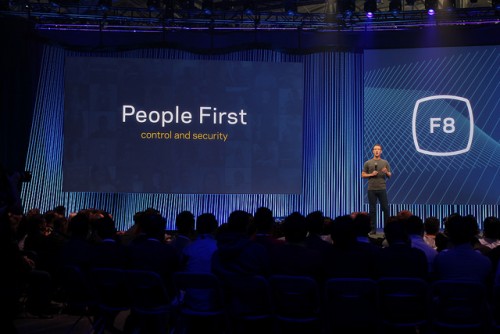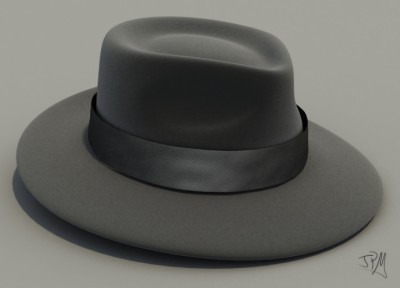Content Note: This post deals with the trigger warnings, the belittling of people who ask for them, and embarrassment in the classroom.

I have been lucky enough to get professional advice from some truly wonderful people and many of them have told me that the key to a productive and fulfilling academic exchange of ideas is to give others the benefit of the doubt and be generous in your reading of their work. Assume that everyone wants to make the world a better place through the sharing of their ideas and if you disagree with them it is because you more or less disagree on what that better place looks like. I am going to continue working on that but today I am going to gift myself one last moment where I truly believe there are people that are out there who want to make life harder for millions of people.
If you shared that last Atlantic article about trigger warnings in college classrooms, and you have nothing to do with higher education, I think you are a hateful person. more...









